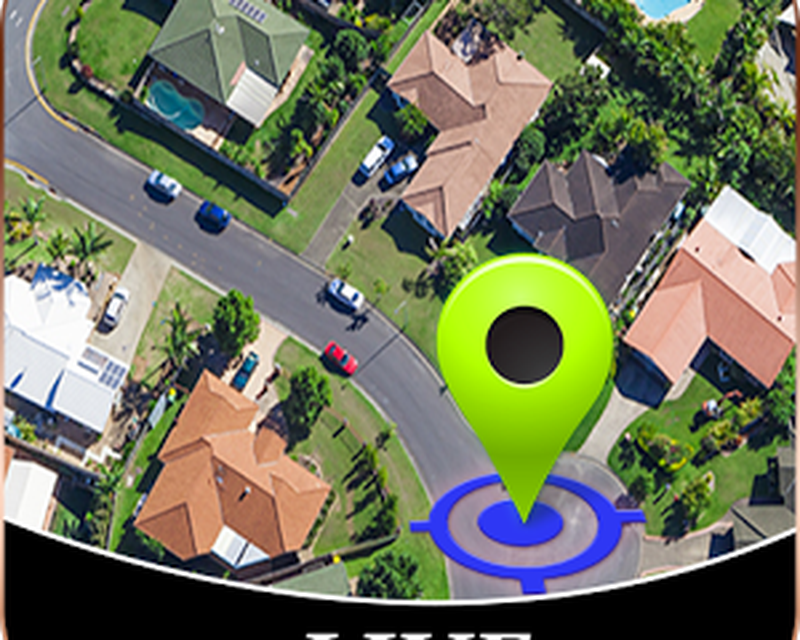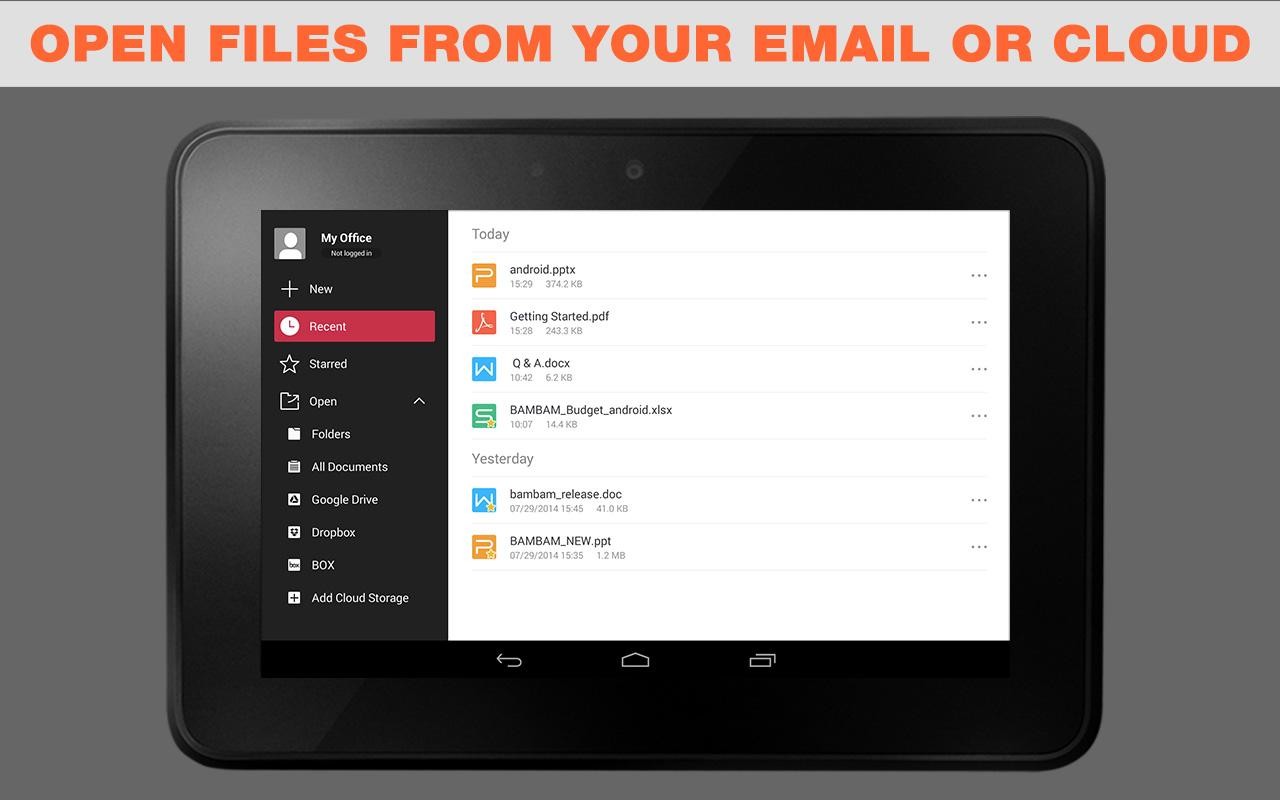
Within minutes of setting up the telescope, you'll be navigating the sky with confidence. With StarSense Explorer, locating objects has never been easier, faster, or more accurate. Leave complicated star charts, imprecise planetarium apps, and computerized mounts behind. The large aperture will ensure that you won’t outgrow the telescope as you continue on in your astronomical adventures. It's like having your own personal tour guide of the night sky.

This large-aperture Celestron StarSense Explorer is ideal for serious beginners, thanks to the app's user-friendly interface and detailed tutorials.
Includes a 25mm Plössl eyepiece, a 2” Crayford focuser, the StarSense smartphone dock, a StarPointer™ red dot finderscope, an eyepiece rack, and a collimation tool.Ĭelestron has reinvented the Dobsonian telescope with StarSense Explorer-the first Dobsonian that uses your smartphone to analyze the night sky and calculate its position in real-time. Or take your telescope to darker skies to see even more. View planets, brighter nebulae and galaxies, star clusters, and double stars from the city. StarSense Explorer app automatically generates a list of objects currently visible. 
When the bullseye turns green, it's ready to view in the telescope's eyepiece.
A sturdy, Dobsonian-style base with large diameter bearings and variable altitude tensioning makes it easy to follow the on-screen arrows to your desired target. Locate faint, deep-sky objects in seconds and see them in more detail than ever before. A large 10” parabolic primary mirror with XLT coatings helps you make the most of StarSense technology. Patented, award-winning StarSense sky recognition technology uses your smartphone to analyze star patterns overhead and calculate the telescope’s position in real-time. Unleash the power of your smartphone to take you on a guided tour of the night sky-no telescope experience required. Google would have to constantly hire pilots traversing the globe to keep up with potential changes. Both take time to obtain and implement, and aerial photos are relatively expensive. Google Earth FAQs Why doesn’t Google Earth Update Continuously?Īs previously mentioned, Google Earth combines satellite images and aerial photographs. After all, the Earth is a prominent place. While this situation is inconvenient, it is understandable. Given the intense effort required to systematically catalog and piece together all the images needed for Google Earth, it’s no wonder it takes years to update. When Google releases an update, they also release a KLM file that outlines the updated regions in red, letting everyone know what got changed and what’s still waiting for a refresher. 
A single Google Earth update might contain a handful of cities or states.

Google does not update the entire map in each go. If you’re anxiously awaiting an update on your hometown, don’t assume it will appear in Google’s subsequent changes.








 0 kommentar(er)
0 kommentar(er)
